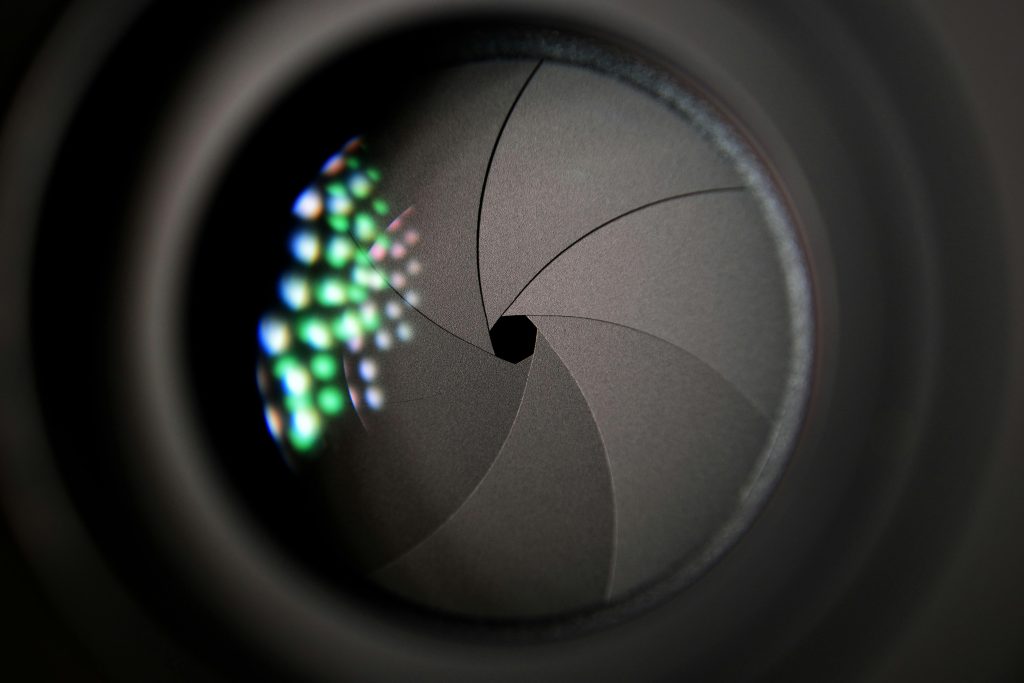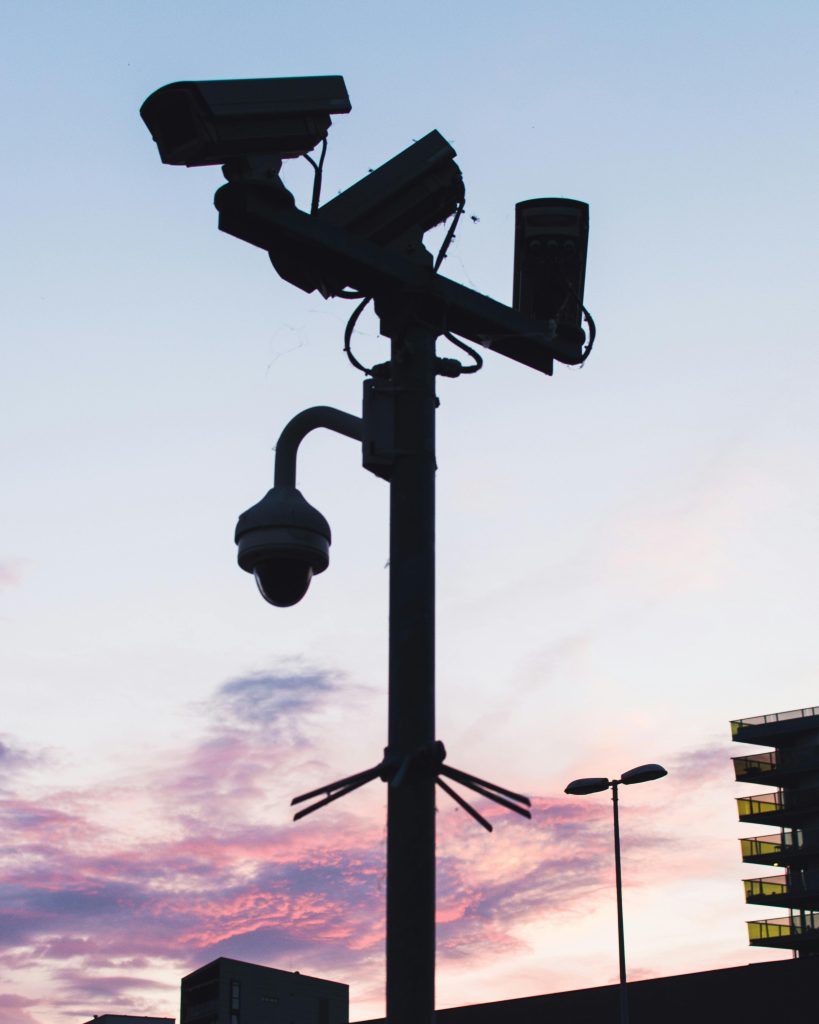Table of Contents
Security cameras play a pivotal role in safeguarding homes, businesses, and public spaces by providing surveillance and monitoring capabilities. As technology advances, these devices have evolved significantly, offering enhanced features and accessibility. This article explores the importance of security cameras, their evolution, key features, and their impact on safety and security.
Importance of Security Cameras
Security cameras serve multiple critical functions in today’s society:
- Crime Deterrence:
- The presence of visible security cameras acts as a deterrent to potential criminals, reducing the likelihood of theft, vandalism, and other illicit activities.
- Surveillance and Monitoring:
- Security cameras enable continuous surveillance of areas both indoors and outdoors, providing real-time monitoring and recording of activities.
- Evidence Collection:
- In the event of a crime or incident, security footage serves as valuable evidence for law enforcement and legal proceedings, aiding in investigations and ensuring justice.
- Remote Monitoring:
- Modern security cameras offer remote access via mobile apps and web portals, allowing users to monitor their premises from anywhere at any time, enhancing convenience and peace of mind.

Evolution of Security Cameras
Security cameras have undergone significant technological advancements over the years:
- Analog to Digital Transition:
- Traditional analog CCTV cameras have largely been replaced by digital IP (Internet Protocol) cameras, offering higher resolution, clearer images, and easier integration with digital systems.
- High Definition (HD) and 4K Resolution:
- HD and 4K security cameras provide superior image quality, capturing detailed footage that enhances visibility and identification of subjects.
- Wide-Angle and Pan-Tilt-Zoom (PTZ) Capabilities:
- Many modern cameras feature wide-angle lenses and PTZ functionality, allowing users to adjust the camera’s field of view and zoom in on specific areas for detailed monitoring.
- Night Vision and Low-Light Performance:
- Infrared (IR) LEDs and low-light sensors enable security cameras to capture clear footage in low-light conditions or complete darkness, extending surveillance capabilities around the clock.
- Smart Features and AI Integration:
- Smart security cameras are equipped with AI-powered features such as facial recognition, object detection, and motion sensing. These capabilities enhance security by alerting users to suspicious activities and reducing false alarms.
Key Features of Modern Security Cameras
Modern security cameras offer a range of features designed to maximize effectiveness and usability:
- Remote Access and Mobile Alerts:
- Users can view live feeds and receive notifications on their smartphones or devices, keeping them informed of any detected motion or events in real-time.
- Cloud Storage and Backup:
- Cloud-based storage solutions enable convenient and secure storage of footage, providing easy access and backup options without the need for physical storage devices.
- Two-Way Audio:
- Some cameras are equipped with built-in microphones and speakers, enabling two-way audio communication. This feature allows users to communicate with visitors or deter intruders remotely.
- Integration with Smart Home Systems:
- Security cameras can integrate with smart home platforms like Amazon Alexa and Google Assistant, allowing users to control and manage their cameras alongside other smart devices.
- Weather Resistance and Durability:
- Outdoor security cameras are designed to withstand various weather conditions, ensuring reliable performance in rain, snow, heat, and humidity.

Impact on Safety and Security
The deployment of security cameras has tangible benefits for safety and security:
- Crime Prevention and Resolution:
- Visible cameras deter criminal behavior, while recorded footage aids in identifying suspects and solving crimes, leading to safer communities.
- Monitoring Vulnerable Areas:
- Cameras help monitor areas prone to accidents, vandalism, or unauthorized access, enabling prompt responses and interventions.
- Employee and Customer Safety:
- In business settings, cameras enhance workplace safety and customer security by monitoring entrances, exits, and public areas.
Future Trends in Security Cameras
The future of security cameras is characterized by ongoing innovation and advancements:
- Artificial Intelligence (AI) and Machine Learning:
- AI-powered cameras will become more sophisticated in detecting anomalies, predicting incidents, and automating responses based on behavioral patterns.
- Enhanced Privacy Controls:
- As concerns about privacy grow, future cameras may incorporate advanced privacy features and encryption protocols to protect user data and comply with regulations.
- Integration with IoT and Smart Cities:
- Security cameras will play a pivotal role in smart city initiatives, integrating with IoT devices and city-wide surveillance networks to enhance public safety and urban management.

Conclusion
Security cameras continue to evolve as indispensable tools for protecting homes, businesses, and public spaces. From their origins in analog surveillance to today’s high-definition, smart-enabled devices, security cameras offer enhanced visibility, convenience, and peace of mind. As technology advances and security needs evolve, these devices will continue to play a crucial role in ensuring safety, deterring crime, and providing valuable insights into our surroundings.